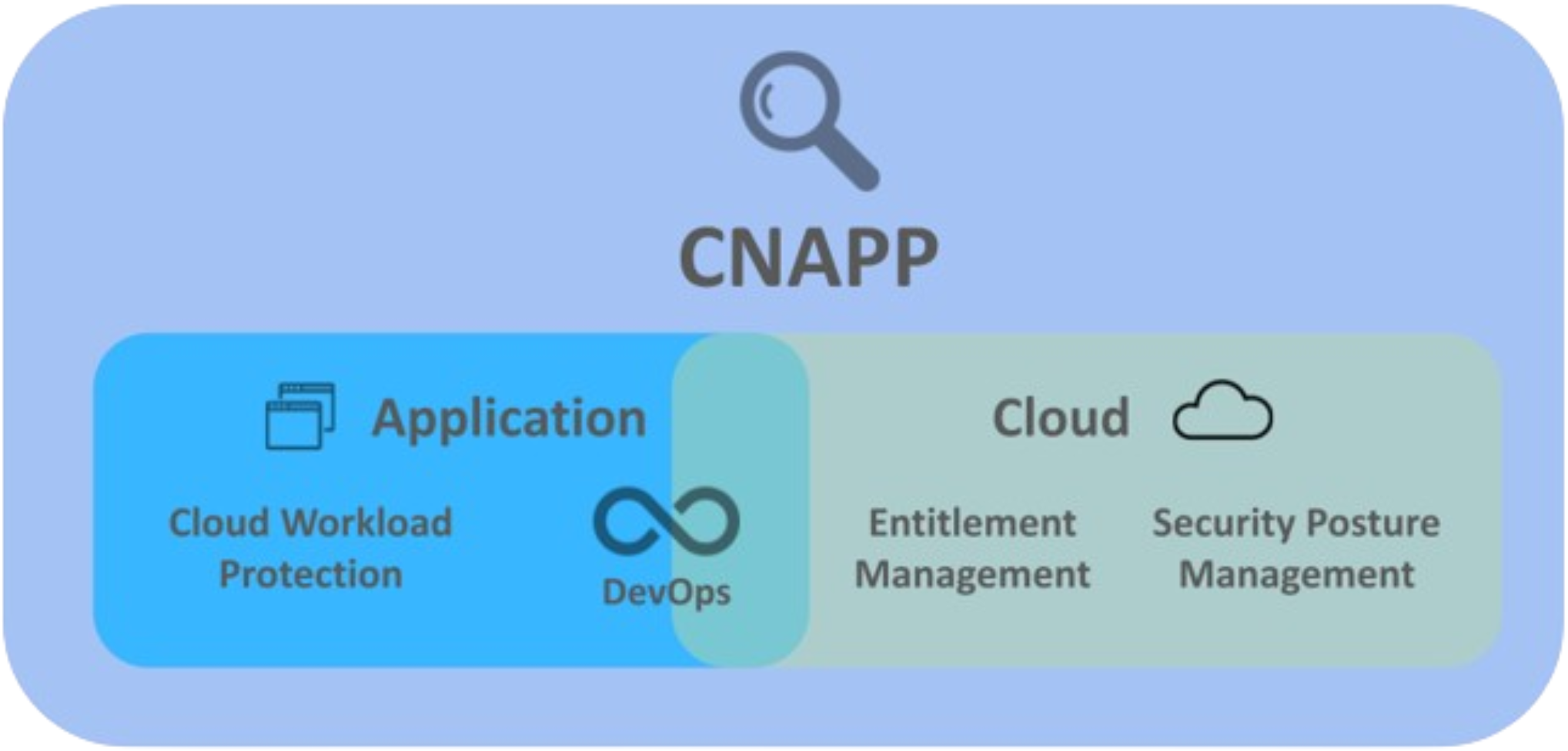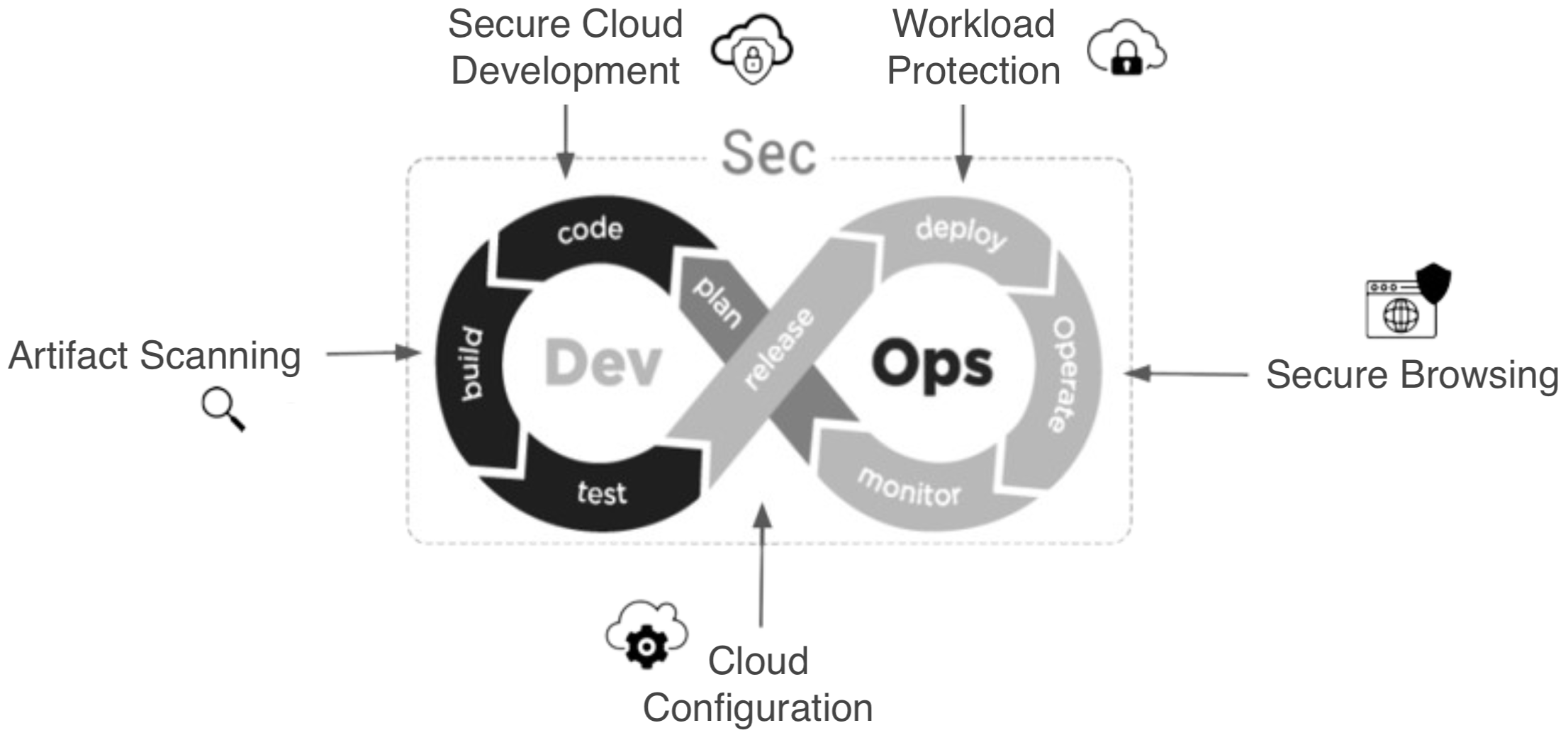New Ways for CNAPP to Shift Left and Shield Right: The Technology Trends That Will Allow CNAPP to Address More Extensive Threat Models
Because of the evolving threat landscape and complexity of modern organizations, the evolution of the CNAPP model yields both significant challenges and opportunities.
Join the DZone community and get the full member experience.
Join For FreeEditor's Note: The following is an article written for and published in DZone's 2024 Trend Report, Cloud Native: Championing Cloud Development Across the SDLC.
The cloud-native application protection platform (CNAPP) model is designed to secure applications that leverage cloud-native technologies. However, applications not in the scope are typically legacy systems that were not designed to operate within modern cloud infrastructures. Therefore, in practice, CNAPP covers the security of containerized applications, serverless functions, and microservices architectures, possibly running across different cloud environments.
Figure 1. CNAPP capabilities across different application areas

A good way to understand the goal of the security practices in CNAPPs is to look at the threat model, i.e., attack scenarios against which applications are protected. Understanding these scenarios helps practitioners grasp the aim of features in CNAPP suites. Note also that the threat model might vary according to the industry, the usage context of the application, etc.
In general, the threat model is attached to the dynamic and distributed nature of cloud-native architectures. Such applications face an important attack surface and an intricate threat landscape mainly because of the complexity of their execution environment. In short, the model typically accounts for unauthorized access, data breaches due to misconfigurations, inadequate identity and access management policies, or simply vulnerabilities in container images or third-party libraries.
Also, due to the ephemeral and scalable characteristics of cloud-native applications, CNAPPs require real-time mechanisms to ensure consistent policy enforcement and threat detection. This is to protect applications from automated attacks and advanced persistent threats. Some common threats and occurrences are shown in Figure 2:
Figure 2. Typical threats against cloud-native applications

Overall, the scope of the CNAPP model is quite broad, and vendors in this space must cover a significant amount of security domains to shield the needs of the entire model.
Let’s review the specific challenges that CNAPP vendors face and the opportunities to improve the breadth of the model to address an extended set of threats.
Challenges and Opportunities When Evolving the CNAPP Model
To keep up with the evolving threat landscape and complexity of modern organizations, the evolution of the CNAPP model yields both significant challenges and opportunities. Both the challenges and opportunities discussed in the following sections are briefly summarized in Table 1:
Table 1. Challenges and opportunities with evolving the CNAPP model
|
Challenges |
Opportunities |
|
Integration complexity – connect tools, services, etc. |
Automation – AI and orchestration |
|
Technological changes – tools must continually evolve |
Proactive security – predictive and prescriptive measures |
|
Skill gaps – tools must be friendly and efficient |
DevSecOps – integration with DevOps security practices |
|
Performance – security has to scale with complexity |
Observability – extend visibility to the SDLC’s left and right |
|
Compliance – region-dependent, evolving landscape |
Edge security – control security beyond the cloud |
Challenges
The integration challenges that vendors face due to the scope of the CNAPP model are compounded by quick technological changes: Cloud technologies are continuously evolving, and vendors need to design tools that are user friendly. Managing the complexity of cloud technology via simple, yet powerful, user interfaces allows organizations to cope with the notorious skill gaps in teams resulting from rapid technology evolution.
An important aspect of the security measures delivered by CNAPPs is that they must be efficient enough to not impact the performance of the applications. In particular, when scaling applications, security measures should continue to perform gracefully. This is a general struggle with security — it should be as transparent as possible yet responsive and effective.
An often industry-rooted challenge is regulatory compliance. The expansion of data protection regulations globally requires organizations to comply with evolving regulation frameworks. For vendors, this requires maintaining a wide perspective on compliance and incorporating these requirements into their tool capabilities.
Opportunities
In parallel, there are significant opportunities for CNAPPs to evolve to address the challenges. Taming complexity is an important factor to tackle head first to expand the scope of the CNAPP model. For that purpose, automation is a key enabler. For example, there is a significant opportunity to leverage artificial intelligence (AI) to accelerate routine tasks, such as policy enforcement and anomaly detection.
The implementation of AI for operation automation is particularly important to address the previously mentioned scalability challenges. This capability enhances analytics and threat intelligence, particularly to offer predictive and prescriptive security capabilities (e.g., to advise users for the necessary settings in a given scenario). With such new AI-enabled capabilities, organizations can effectively address the skill gap by offering guided remediation, automated policy recommendations, and comprehensive visibility.
An interesting opportunity closer to the code stage is integrating DevSecOps practices. While a CNAPP aims to protect cloud-native applications across their lifecycle, in contrast, DevSecOps embeds security practices that liaise between development, operations, and security teams.
Enabling DevSecOps in the context of the CNAPP model covers areas such as providing integration with source code management tools and CI/CD pipelines. This integration helps detect vulnerabilities early and ensure that security is baked into the product from the start. Also, providing developers with real-time feedback on the security implications of their activities helps educate them on security best practices and thus reduce the organization’s exposure to threats. The main goal here is to "shift left" the approach to improve observability and to help reduce the cost and complexity of fixing security issues later in the development cycle.
A last and rather forward-thinking opportunity is to evolve the model so that it extends to securing an application on “the edge,” i.e., where it is executed and accessed. A common use case is the access of a web application from a user device via a browser. The current CNAPP model does not explicitly address security here, and this opportunity should be seen as an extension of the operation stage to further “shield right” the security model.
Technology Trends That Can Reshape CNAPP
The shift left and shield right opportunities (and the related challenges) that I reviewed in the last section can be addressed by the technologies exemplified here. Firstly, the enablement of DevSecOps practices is an opportunity to further shift the security model to the left of the SDLC, moving security earlier in the development process. Current CNAPP practices already include looking at source code and container vulnerabilities. More often than not, visibility over these development artifacts starts once they have been pushed from the development laptop to a cloud-based repository.
By using a secure implementation of cloud development environments (CDEs), from a CNAPP perspective, observability across performance and security can start from the development environment, as opposed to the online DevOps tool suites such as CI/CD and code repositories.
Secondly, enforcing security for web applications at the edge is an innovative concept when looking at it from the perspective of the CNAPP model. This can be realized by integrating an enterprise browser into the model. For example:
-
Security measures that aim to protect against insider threats can be implemented on the client side with mechanisms very similar to how mobile applications are protected against tampering.
-
Measures to protect web apps against data exfiltration and prevent display of sensitive information can be activated based on injecting a security policy into the browser.
-
Automation of security steps allows organizations to extend their control over web apps (e.g., using robotic process automation).
Figure 3. A control component (left) fetches policies to secure app access and browsing (right)

Figure 4 shows the impact of secure implementation of a CDE and enterprise browser on CNAPP security practices. The use of both technologies enables security to become a boon for productivity as automation plays the dual role of simplifying user-facing processes around security to the benefit of increased productivity.
Figure 4. CNAPP model and DevOps SDLC augmented with secure cloud development and browsing

Conclusion
The CNAPP model and the tools that implement it should be evolving their coverage in order to add resilience to new threats. The technologies discussed in this article are examples of how coverage can be improved to the left and further to the right of the SDLC. The goal of increasing coverage is to provide organizations more control over how they implement and deliver security in cloud-native applications across business scenarios.
This is an excerpt from DZone's 2024 Trend Report, Cloud Native: Championing Cloud Development Across the SDLC.
Read the Free Report
Opinions expressed by DZone contributors are their own.

Comments